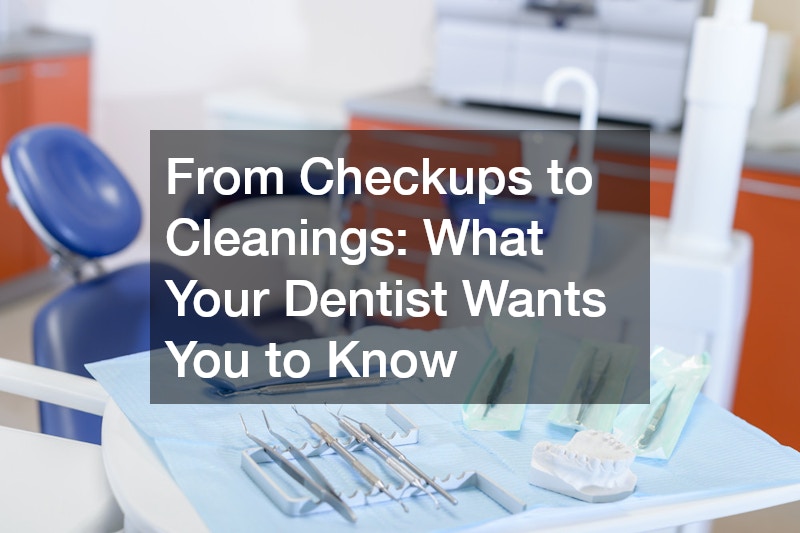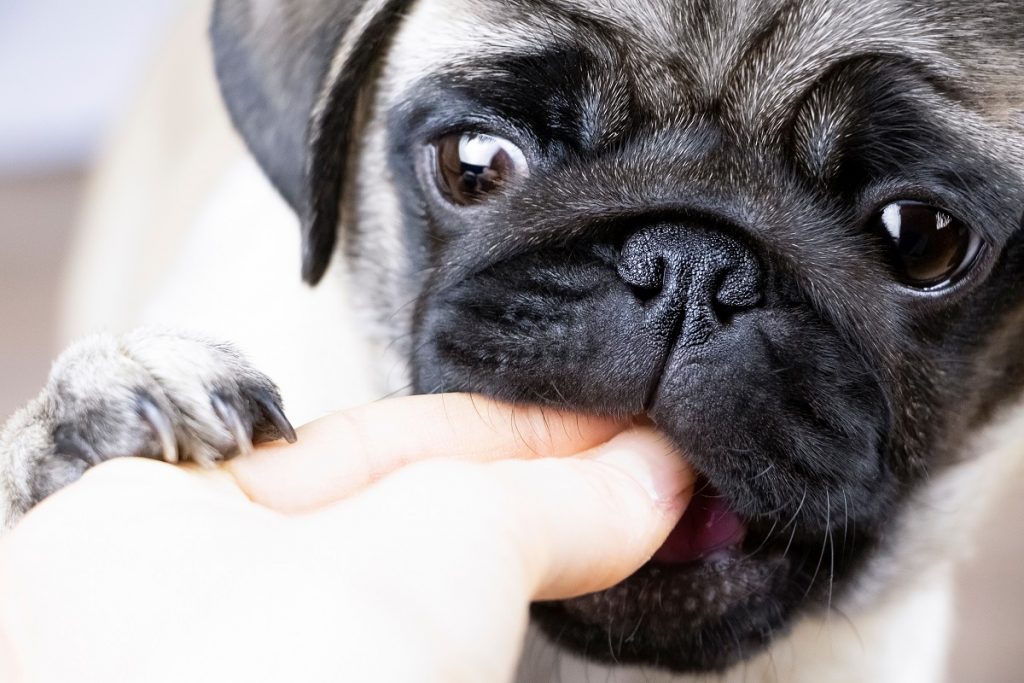No pet wants to remain cooped up indoors or in cages all the time, which is why you probably let your dog or cat explore the garden. Besides being an enjoyable activity to spend with your pet, it’s also useful for them to spend time outdoors where they can smell and experience new things.
However, even your garden can be dangerous to your precious pet, and not just because of environmental hazards or the like. Pets often chew plants and grass when they’re bored, a behavior known as pica. Although it might seem harmless to let your pet nibble a little grass, pica can be dangerous if your garden has the wrong plants.
Work with a knowledgeable landscape designer to ensure your garden and yard are pet-safe environments. Here are some plants you don’t want in your yard if you want your pet to remain safe and healthy.
Amaryllis
Amaryllis is often used as a decorative plant because of its thin, strap-shaped leaves as well as its vibrantly colored blossom, usually in shades of red and occasionally white.
However, this beautiful bulb plant is hazardous to pets. Consuming amaryllis can cause pain in the abdominal, persistent tremors, constant diarrhea, and overactive salivary glands in pets.
Chrysanthemum
Chrysanthemums are beautiful flowering plants with distinct feathery blooms. They’re often yellow or golden orange, but other varieties can be purple, white, or any combination.
If your pet ingests chrysanthemum blossoms, they’ll unknowingly be eating a toxin known as pyrethrins. This compound can cause vomiting, too much drooling, and diarrhea. Your pet could also suffer from decreased coordination and go into depression.
Peony
Peonies are popular garden plants because of their delightful blossoms that resemble delicate paper constructions. They come in a wide array of pink hues, from delicate rose to hot pink. They’re especially preferred in Southern states.
Pets who eat peonies will likely experience gastrointestinal upset, taking the form of vomiting, diarrhea, and uncontrollable salivation.
Tulips
Tulips were once precious plants in the Netherlands, with several strains being so expensive they cost people their livelihoods. These bulb-like flowers come in dizzying colors, from red to white and even marbled strains reminiscent of marble or fire.
As beautiful as tulips are, should your pet consume the brightly colored bulbs, they will experience reduced efficiency of their central nervous system, which could lead to convulsions and even abnormal cardiac activity. Gastrointestinal issues such as bowel irritation and decreased appetite can also appear.
Aloe Vera

The spiky-looking shrub is often hailed as a natural moisturizer and soothing balm, thanks to the clear gel found in its stalks. Despite their proven benefits to dermatology, aloe vera is detrimental to your pet’s health.
Eating the clear gel can cause tremors in your pets, accompanied by the usual signs of gastrointestinal upset, namely vomiting and diarrhea.
Geranium
Geraniums are some of the most popular plants to put in garden beds. Because of their physiology, they can also put in indoor planters. The plant bears small, delicate flowers, usually in two colors, with deep colors in the middle of the bloom.
But geraniums can be very harmful to your pets, particularly specimens belonging to the pelargonium species. These plants can decrease blood pressure, reduce their appetite, and cause rashes on their skin.
The great outdoors is one place your pet can feel free and wild again. Ensuring they are safe as they romp and explore the outdoors, no matter how close to your home, is your responsibility as their owner. Keep an eye out for these plants and ensure your pet would never come across them.




